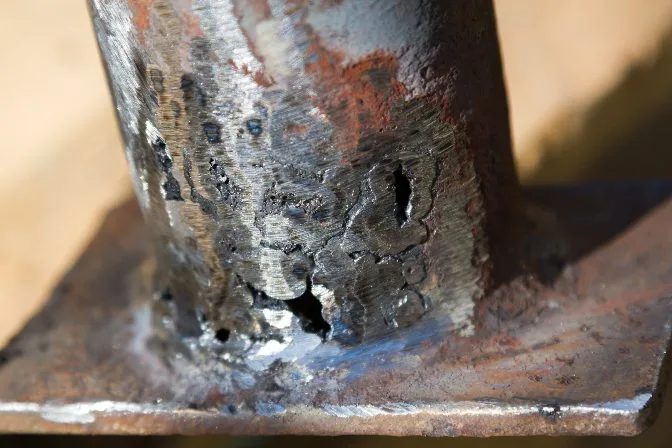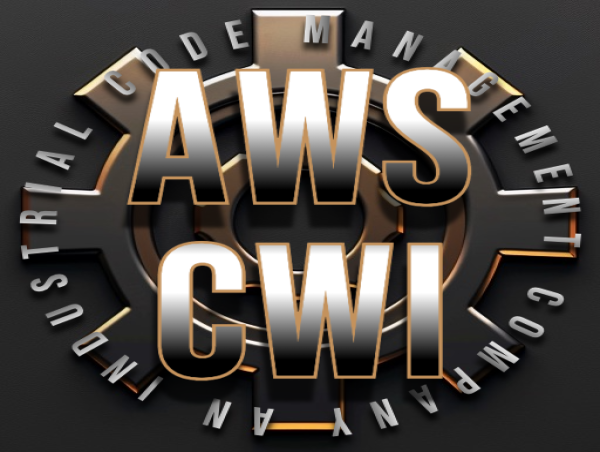How to Prepare for a Welding Inspection Milwaukee Experts Recommend
Comprehending the Value of Welding Examination in Ensuring Structural Integrity and Safety And Security Across Numerous Industries
Welding examination is an essential process that safeguards structural integrity and safety and security across diverse markets. As we check out the intricacies of welding examination, the concern occurs: what are the most critical variables that add to reliable inspection processes?
Function of Welding Examination
While the honesty of bonded structures is vital to safety and security and performance, the duty of welding assessment can not be overstated. Welding evaluation works as a critical quality assurance procedure that makes sure the adherence to established criteria and specs throughout the welding operation. By methodically reviewing welds for flaws, incongruities, and non-compliance, inspectors play an important role in securing the integrity of frameworks across various industries.
Welding examinations include a series of activities, from pre-weld evaluations to post-weld evaluations. These analyses not only determine prospective issues before they escalate but also boost the general integrity and lifespan of welded elements. Welding Inspection Milwaukee. Inspections aid to verify the ability and expertises of welders, ensuring that welding treatments are executed appropriately and products work
Moreover, a strenuous evaluation protocol promotes conformity with governing requirements and industry criteria, minimizing the risk of tragic failures. By advertising a society of safety and accountability, welding evaluation contributes considerably to both operational and financial efficiencies. Altogether, the duty of welding assessment is indispensable, as it underpins the quality, safety, and longevity of welded structures vital to contemporary framework and market.
Types of Welding Examinations
Recognizing the different kinds of welding examinations is important for preserving the top quality and safety and security of bonded structures. Welding evaluations can be categorized right into numerous types, each serving a certain objective in the examination process.
Visual assessment is the most fundamental type, entailing a careful evaluation of the welds with the nude eye or via magnification. This technique aids recognize surface issues such as splits, insufficient blend, or extreme spatter.
Next is non-destructive screening (NDT), which consists of strategies such as ultrasonic testing, radiographic testing, and magnetic bit testing. These approaches permit inspectors to assess the integrity of welds without compromising the material's structure. Ultrasonic screening uses high-frequency sound waves to identify inner problems, while radiographic screening employs X-rays or gamma rays to imagine interior weld features. Magnetic particle testing, on the various other hand, is effective for detecting surface and near-surface discontinuities in ferromagnetic products.
Harmful screening, though less typical, entails physically evaluating examples to understand the weld's mechanical residential properties. Each kind of examination adds to a comprehensive analysis, ensuring that welding fulfills market criteria and safety and security demands.
Market Requirements and Laws
Developing industry requirements and regulations is important for making certain the safety and integrity of bonded structures. These requirements act as standards for performance, safety and security, and high quality, assisting suppliers and assessors in the implementation of welding processes. Numerous organizations, such as the American Welding Culture (AWS) and the International Organization for Standardization (ISO), have actually established extensive standards that determine treatments for welding practices, credentials of welders, and inspection methods.
Conformity with these regulations not only improves the top quality of welds but additionally reduces risks connected with structural failures. Details codes, such as the ASME Central Heating Boiler and Stress Vessel Code, rundown needs for the building and construction of stress vessels, guaranteeing they can withstand functional anxieties. Additionally, national and regional regulations commonly mandate adherence to these sector requirements, strengthening their significance throughout sectors like building and construction, aerospace, and auto production.
Regular blog here updates to these criteria show developments in modern technology and welding strategies, making certain that safety measures continue to be relevant. Thus, a detailed understanding and implementation of these criteria is necessary for welding experts, promoting a culture of safety and top quality in bonded structures.
Repercussions of Poor Inspections
Insufficient examinations can lead to severe consequences in the welding market, weakening the really laws and standards developed to make sure safety and architectural honesty. The effects of poor evaluations can show up in numerous forms, from immediate safety and security hazards to long-term architectural failures.
Moreover, inadequate inspections can tarnish a business's online reputation and result in lawful repercussions, including penalties and litigation. Ultimately, the ramifications of inadequate inspections extend beyond specific jobs, influencing industry-wide standards and public assumption, therefore emphasizing the critical requirement for reliable and rigorous welding inspections.
Finest Practices for Effective Inspections
Efficient welding inspections are paramount to making sure the integrity and safety of welded frameworks. To achieve ideal results, examiners have to abide by several ideal methods that boost the assessment process.

Second of all, assessors should possess the needed qualifications and qualifications appropriate to the welding procedures and materials being taken a look at. Recurring training and professional growth are vital to staying updated on industry criteria and technological developments.
Furthermore, using suitable evaluation tools and techniques, such as aesthetic examinations, ultrasonic screening, and radiographic examinations, is crucial for identifying defects that could jeopardize architectural integrity.
Lastly, detailed paperwork of the evaluation process is important. By carrying out these finest practices, organizations can considerably boost the effectiveness of their welding inspections and make sure safe, trustworthy procedures.
Final Thought

In conclusion, welding examination is important for maintaining architectural honesty and safety and security throughout various sectors. Prioritizing efficient welding inspections is essential to ensure the safety of workers, possessions, and total operational integrity.
As we check out the details of welding inspection, the inquiry occurs: what are the most important elements that contribute to reliable evaluation procedures?
Welding examination serves as an important top quality control process that guarantees the adherence to established criteria and requirements throughout the welding operation. In sum, the function of welding examination is essential, as it underpins the high quality, safety and security, and longevity of welded structures vital to contemporary framework find more info and sector.
Numerous companies, such as the American Welding Culture (AWS) and the International Organization for Standardization (ISO), have established detailed standards that dictate procedures for welding methods, certification of welders, and examination techniques.
Ultimately, the ramifications of bad examinations expand past individual tasks, affecting industry-wide standards and public understanding, therefore stressing the vital requirement for reliable and rigorous welding assessments.